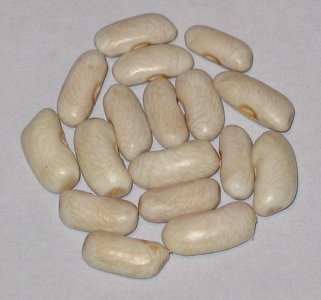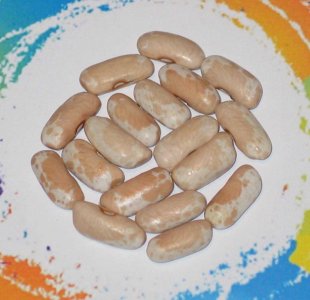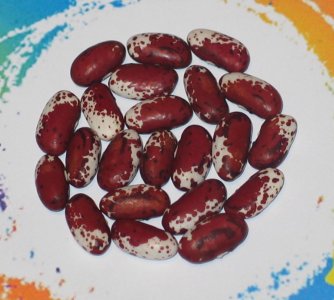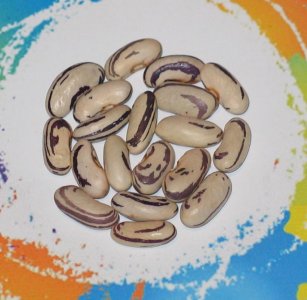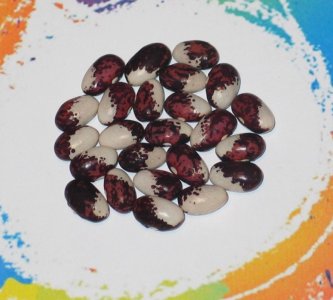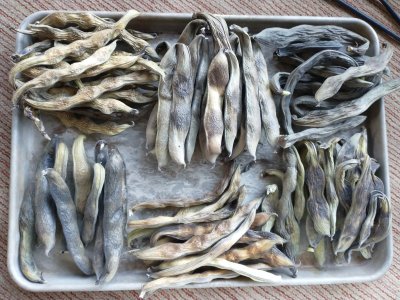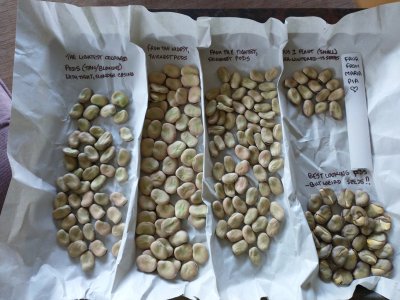heirloomgal
Garden Addicted
- Joined
- Jan 17, 2021
- Messages
- 5,118
- Reaction score
- 16,806
- Points
- 285
- Location
- Northern Ontario, Canada
It's like that experiment in high school where the teacher whispers a few lines to the first student, and each kid whispers to the next what was said and so forth down the line. When you get to the 35th kid....I suppose too that the beans from the same grow-lot could be given to different people and they'd eventually wind up with different strains. Especially if any crossing occurred (one source of Marfax has beans that include the correct color but wrong shape).
Everyone has their own selection criteria that might affect the end result. I have a dislike of theshortcutcutshort shape, and tend to cull that one out. I think I'll have to get over that, after reading some of Carol Deppe's writings. I think it is better to go for genetic diversity and health rather than unimportant details like a blunted end shape.

